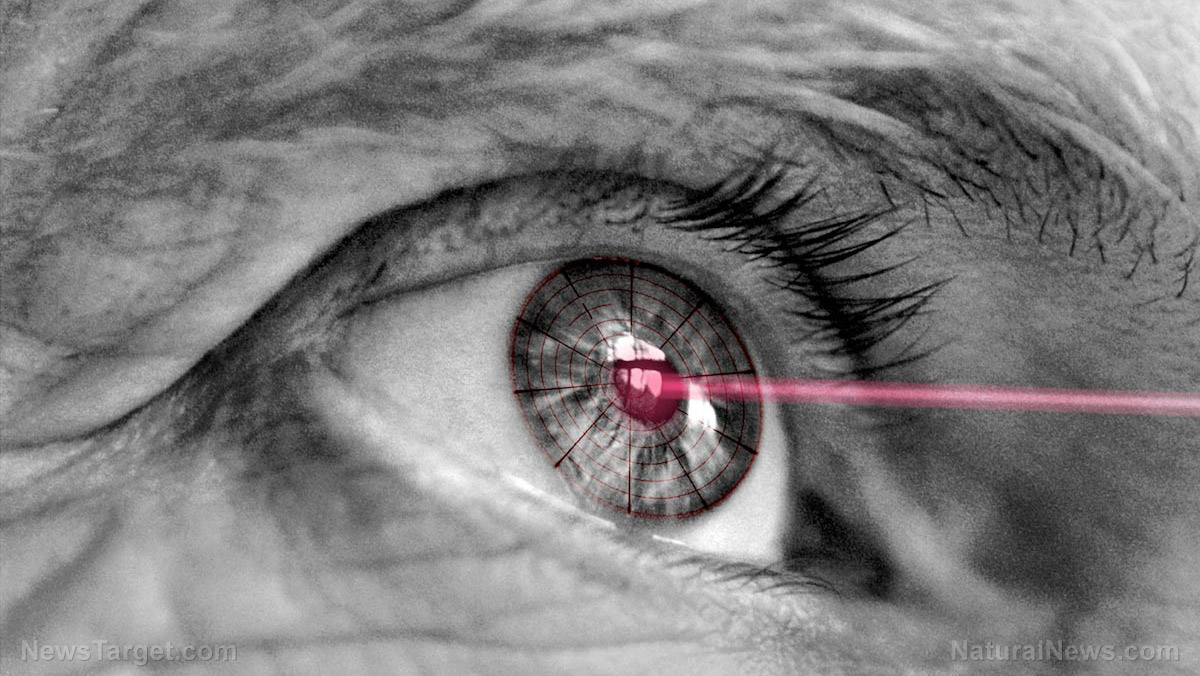Study: Mice with Alzheimer’s have their memories reawakened…with lasers
10/03/2017 / By Frances Bloomfield

Alzheimer’s disease has long been thought to completely erase an individual’s memories. The clumps of tau tangles and amyloid plaques that accumulate in the brain are believed to destroy the neurons associated with memory storage. That may no longer be the case, however, as demonstrated by a team of researchers from Columbia University. In their study, published in Hippocampus, they discovered that it was possible to reawaken the memories of mice with Alzheimer’s disease through optogenetics, or the use of light to control cells.
For the purposes of their study, the researchers used two groups of mice: the first group was composed of healthy mice, and the second was made up of mice with a disease similar to human Alzheimer’s disease. The mice from the two groups had been genetically engineered to have neurons that glowed yellow during memory storage and glowed red during memory recall.
Both groups underwent a memory test where they were exposed to the smell of lemon as they were administered an electric shock to associate the two with one another. The mice were subjected to the same lemon scent a week later. The brains of the healthy mice glowed yellow and red as they expressed fear, while the brains of the mice with Alzheimer’s glowed in varying areas, indicating that they were accessing the wrong memories.
Lead study author Christine Denny stated that this may explain why people with Alzheimer’s disease experience false memories. When they attempt to recall something, they end up retrieving memories from the wrong brain cells.
For the second part of their study, the researchers used a fiber optic cable to shine a blue laser into the brains of the mice with Alzheimer’s disease. By doing so, the team was able to stimulate the neurons responsible for memory storage. This reactivated the lemon and electric shock memories, resulting in them freezing up in fear when they smelled the scent of lemon.
Although it remains to be seen if the effect would happen in humans, the findings have been called “revolutionary” by Ralph Martins of Edith Cowan University in Australia, an expert connected with the study. “It has the potential to lead to novel drug development to help with regaining memories,” Martins told NewScientist.com.
Following their results, Martins said that more research will be required to determine if similar memory storage and retrieval mechanisms can be found in Alzheimer’s disease patients. Martins explained: “Mouse models do not perfectly reflect the condition in humans. In particular, the number of neurons that die in mouse models of Alzheimer’s disease is far lower than in humans.”
However, Martins added that there are already indications that lost memories can still exist in the minds of people with Alzheimer’s disease. “Music is the best example, which has attracted a lot of attention as a way for retrieving memories of the past in these patients — so it makes sense.” (Related: Miracle: 101-year-old woman with dementia remains talented pianist, playing 400 songs by ear.)
Optogenetics can yield the same results, even if it isn’t completely feasible at the moment; fiddling with neurons and pointing lasers into the human brain is neither safe nor practical. “But in the future, targeted drugs or techniques like deep-brain stimulation may help people with Alzheimer’s access their forgotten memories,” said Denny.
To remain abreast of the Alzheimer’s situation, go to Brain.news today.
Sources include:
Tagged Under: Alzheimer's diseases, Brain, dementia, discovery, disease treatment, health, laser treatments, lasers, memory, Mind, reactivate, science




















